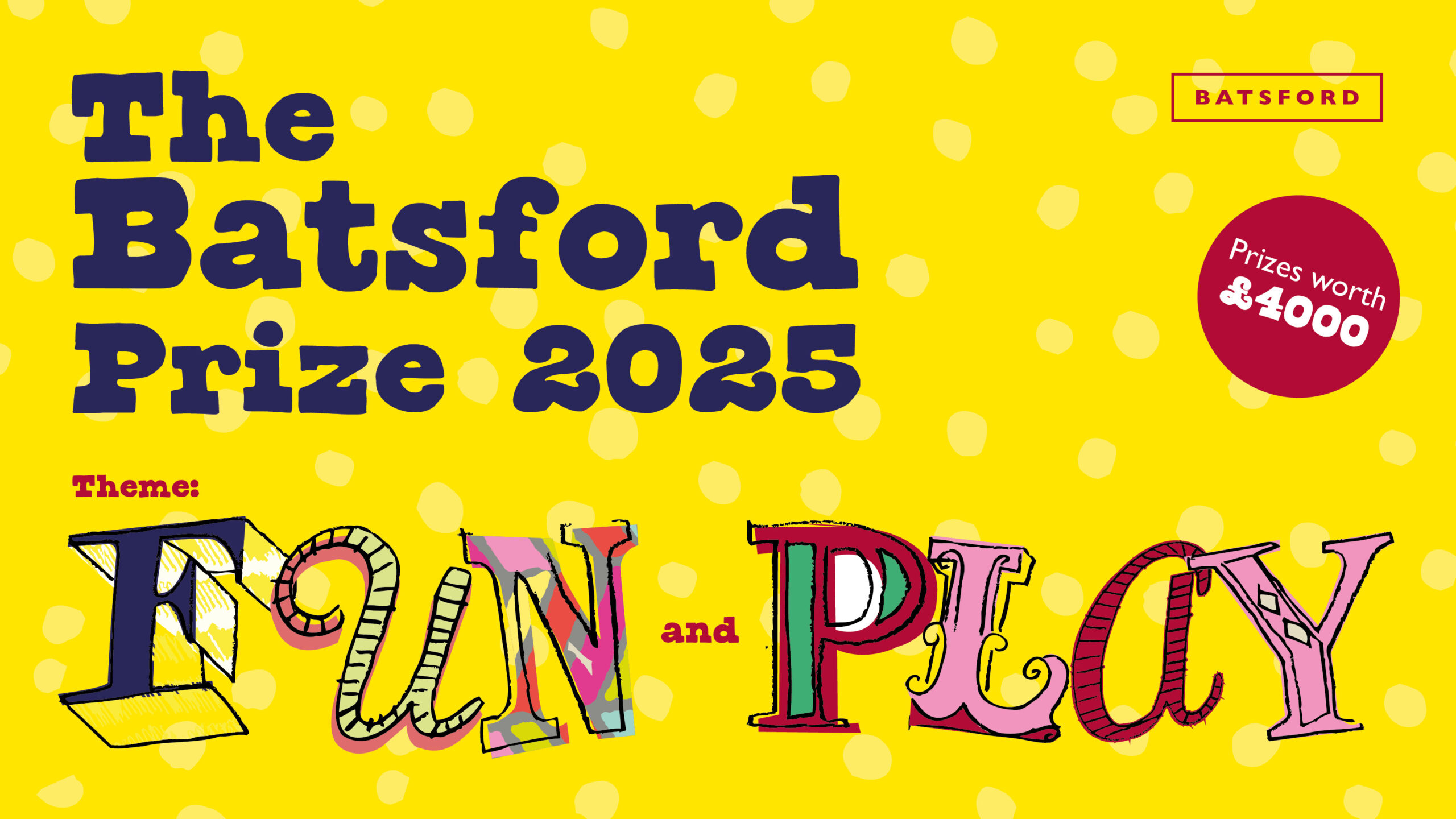BATSFORD PRIZE
The Batsford Prize 2025
We’re very excited to present the winners and runners up of the Batsford Prize 20245 (Theme: Fun and Play)!
The four winners and eight runners up of this year’s award were announced at an awards event celebrating the shortlist at The Batsford Gallery. An exhibition of the shortlist will run at the Gallery until Sunday 8 June.
The winning entries were ‘The Original Pinocchio’ by Amelie Ryder-Potter (Illustration, ‘Crafting: The Cumbria Palette’ by Amber Moore (Applied Art and Textiles), ‘If Virtual Scenario’ by Soeun Kim (Fine Art), ‘The House Dragon’ by Will Knight (Children’s Illustration) and ‘Phone Screen’ by Eraj Fatima (Architecture). The winners each received a £300 cash prize and £300 worth of books for their college.
The Batsford Prize 2025 was judged by industry professionals Eoghan O’Brien, Neil Dunnicliffe, Vaughan Grylls, Polly Powell, Mike Tonkin and Anne Kelly.

WINNER OF ILLUSTRATION & OVERALL WINNER:
An Original Pinnochio


Amelie Ryder-Potter, Ba Illustration, Camberwell College of Art UAL.
‘A film about toys, adulthood and Pinocchio. The story follows a toy searching for his owner. Each section depicts a different way in which we as adults relate to our childhood toys. Hand-made toys and props filmed in front of a green screen and edited onto painted backgrounds.’
Watch the full film here
Amelie loves toys, storytelling and the act of play. They are currently in their final year studying BA Illustration at Camberwell College of Art, London. Find them on Instagram.
RUNNER’S UP:
High Stakes


Isla Sharpe, BA Graphic Design and Illustration, De Montfort University.
‘An illustrated board game following 4 Vampire characters trying to blend in with human life and learning about what makes it fun.’
Isla Sharpe is a Graphic Design and illustration student at De Montfort University. She loves projects that she can bring lots of colour and texture into and enjoy pushing mediums beyond the obvious. Find her on Instagram.
Old Norse Storytelling: The Yggdrasil Tree
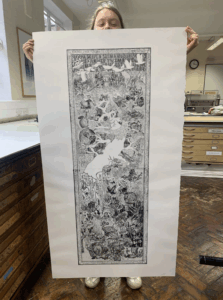

Beth Pickett, BA Illustration, Anglia Ruskin University, Cambridge School of Art.
‘Hard ground etching, made of two conjoining A2 plates, printed in black, on Somerset paper. It depicts the Yggdrasil tree, and the Norse fables and worlds linked to this. The purpose of the print is to introduce viewers to the Old Norse world of storytelling and imagination.’
Beth Pickett is printmaker based in Cambridge and specialising in etching. In her work, she loves to explore the possibilities of mark making, often focusing on nature and folklore. Find her on Instagram.
WINNER OF THE FINE ART CATEGORY:
If Virtual Scenario

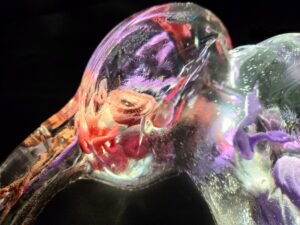
Soeun Kim, BA Fine Art, Royal College of Art.
‘Focusing on how future beings might view and interpret the current civilization. Excavating and studying the remains of present civilization long after its disappearance or transformation.’
Soeun Kim is a South Korean artist whose work reflects a deep commitment to environmental and animal welfare issues. Raised in a family steeped in Eastern medicine and ecological values, she developed a strong belief in the importance of sustainability and harmonious coexistence with nature. Her practice explores posthumanist perspectives and themes such as future archaeology to examine the evolving relationship between humans and the natural world. Soeun often uses biodegradable, natural, and upcycled materials in her sculptures, and works with oil and acrylic paints in her paintings to further emphasize her ecological message.
RUNNER’S UP:
Entangled
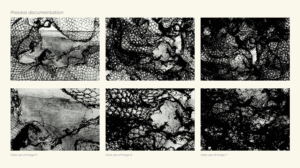
Upasana Chadha, MA Design and Communication Design, Glasgow School of Art.
‘The story of marine plastic pollution is often told in fragments—floating islands of waste, microplastics in our food chain, and bans on straws and shopping bags. However, Entangled exposes an overlooked truth: the fishing industry is one of the most significant contributors.’
Upasana Chadha is an illustrator and image-maker from India. Her work explores the complex relationships between humans and nature; narratives of environmental awareness, ecological systems, and the need for coexistence. Find her on Instagram.
Two Wheels
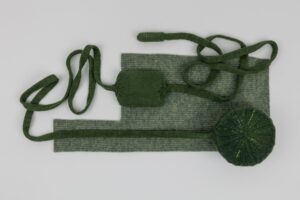
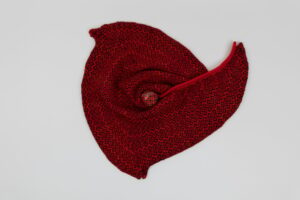
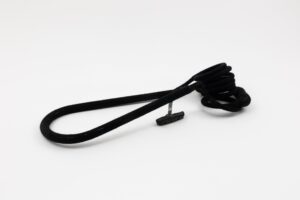
Eileen Morley, MA Textiles, Royal College of Art.
‘This work was born out of London commutes and objects found while cycling. Once wrapped in knitting, these things take on a silhouette imbued with care. The pieces, though abstract, speak about waste, attention, and the life of objects, either enduring or ephemeral.’
Eileen Morley is an artist and knitter. She is currently an MA Textiles student at RCA, where she uses the loops of knit stitches to address time, and textiles. Find her on Instagram.
WINNER OF THE TEXTILES CATEGORY:
Crafting: The Cumbria Palette
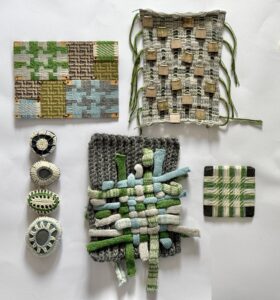

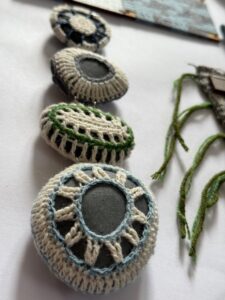
Amber Moore BA Textiles, Arts University Bournemouth.
‘My work explores the playful combination of materials and colours that associate with the Lake District’s Landscapes, translating weave, UV print, laser cut, crochet and knit into an interior collection. It captures the essence of the area and my value for hand-crafted Textiles.’
Amber Moore is a student studying Textiles at Arts University Bournemouth. She creates textural designs using craft-based textiles and enjoys incorporating both soft and hard furnishings into her work and applying her samples to various interior spaces. Find her on Instagram.
RUNNER’S UP:
A European Summer
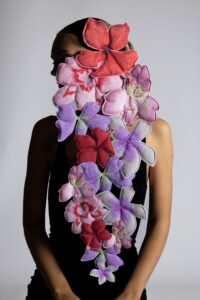
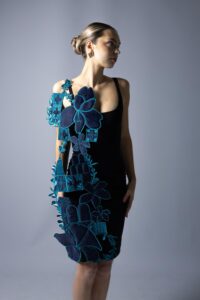

Abby Prince, BA Textile Design, Arts University Bournemouth.
‘This project captures a sense of place through my travels abroad to Greece and Portugal, blending stitch and print techniques. The collection celebrates fun in the sun, with a vibrant colour palette and intricate floral studies.’
Abby Prince is a third-year textiles student studying at Arts University Bournemouth, specialising in digital print and machine embroidery. She thrives in creating innovative ways of combing my two specialisms together to create playful and cohesive collections for women’s fashion. Find her on Instagram.
Botswana Safari
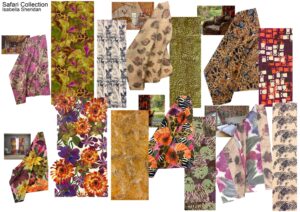
Isabella Sheridan, BA Textile Design, Arts University Bournemouth.
‘This project looks into Botswana Safaris, using the techniques screen printing, collage , digital print and paper embellishments. These techniques and the colours and compositions create a myriad of maximalist designs. Sustainability was also considered using dead stock fabrics.’
Isabella Sheridan is in her last year studying Textiles at Arts University Bournemouth. Her collections focus on using a range of medias to create detailed drawings as well as creating mark making and geometric style drawings. Her print style is maximalism. Find her on Instagram.
WINNER OF THE CHILDREN’S ILLUSTRATION CATEGORY:
The House Dragon
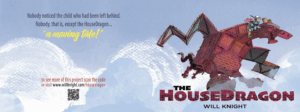

Will Knight, MA Children’s Book Illustration Anglia Ruskin University, Cambridge School of Art.
‘When a reluctant child is left behind on moving day, the HouseDragon wakes, and an adventure begins. As they leap and fly after the removal van, disaster strikes and the child must step up to save the day… which he does, just in time for fun and play.’
Read the full book here.
Will Knight has been drawing for as long as he can remember – turning ideas into pictures, bringing characters to life, and making emotional connections through visual storytelling. Find him on Instagram.
RUNNER’S UP:
Process

Vannysha Chang, MA Children’s Book Illustration Anglia Ruskin University, Cambridge School of Art.
‘Process’ is a play on the vinyl record format. Its sleeve contains a booklet that depicts three friends spending their Summer vacation playing with music, recording songs, and the funny scenarios that come with an ad hoc music studio inside one’s bedroom.’
Vannysha Chang is an illustrator from Indonesia, based in Cambridge, UK. She mostly paints with acrylic gouache. Her work is deeply inspired by the people in her life and by music. Find her on Instagram.
Crocodile
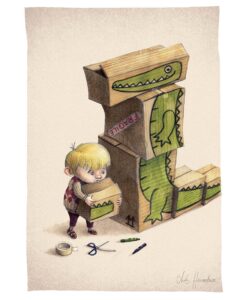
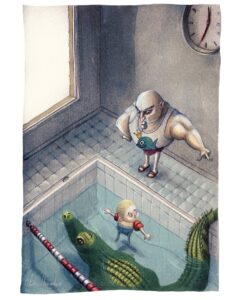
Chris Harrendence, MA Contemporary Dialogues, University Wales.
‘As part of my MA research, I have been exploring childhood memories. Using narrative illustration as a tool, I use these memories to document an autobiographical journey of youth. The memory of a first painting or a visit to an art gallery act as catalysts in this collection.’
By pushing beyond the traditional methods of image making, Chris Harrendence’s illustrative work takes a slightly absurd view focusing on childhood, belonging and the nonsense of trying to understand his place in the world. Find him on Instagram.
WINNER OF THE ARCHITECTURE CATEGORY:
Phone Screen
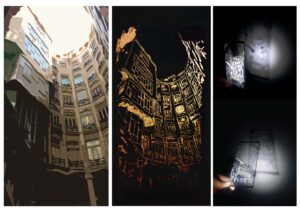
RUNNER’S UP:
Eraj Fatima, Stage 3 Architecture, University of Kent.
‘The idea was that you go around places, see new sights through your phone. Usually our phone screen gets replaced after you have a little too much fun and play. It withers and breaks. And sometimes those memories gets erased like words on books. Hence why i used tippex (a marker that ‘erases’ words that were meant to be permanent). So to treasure those recent fond memories, I drew Casa Milia in Barcelona after witnessing such playful architecture.’
Eraj Fatima is a third-year student at the university of Kent studying architecture with a creative passion and love for animals.
Brutalist Playground

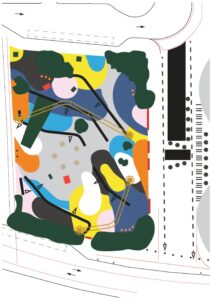
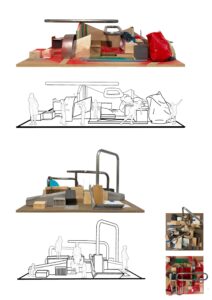
Molly Dhillon, MA Architecture, Birmingham City University.
‘These images explore the redevelopment of play spaces at Sheffield’s Park Hill Estate through a fusion of brutalist design principles and interactive elements. This project is comprised of inflatable elements and brutalist forms creating the play space.’
Molly Dhillon studied architecture at undergraduate level and is currently pursuing a Master’s in the field. She is exploring the intersection of spatial practice, protest, and speculative design through critical, site-based interventions. Find her on Instagram.
Journey to Heaven
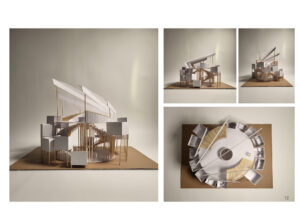
John Shim, BA Architecture, London South Bank University School of Architecture.
‘The purpose of the design was to create a space where users could come from wherever they are, to study, rest and play. On the sides of the main structure are smaller pods/breakout rooms that serve different purposes such as study rooms, music rooms, game rooms etc. and at the top is a seating/café area. These rooms are accessed via the central double helix staircase. The main client that this space was designed for, were students as the majority of the immediate population were students. My inspiration of the building was my brother who was a huge part of my life, but unfortunately he recently passed away at the start of the academic year, but as a firm Christian believer, I believe that he is now in the embrace of the Father and I wanted to create a space in memory of him. The whole ideology of the design was to represent the journey of life, from the beginning to the end: The stairs representing the time we spend on this earth, whether it be working or resting or playing etc. And as you journey up towards the sky, you reach the café/seating area that represents Heaven where people are at the climax of their lives, where they can be restful and joyful.’
John Shim is a Christian Undergraduate Student at London South Bank University School of Architecture. Find him on Instagram.

